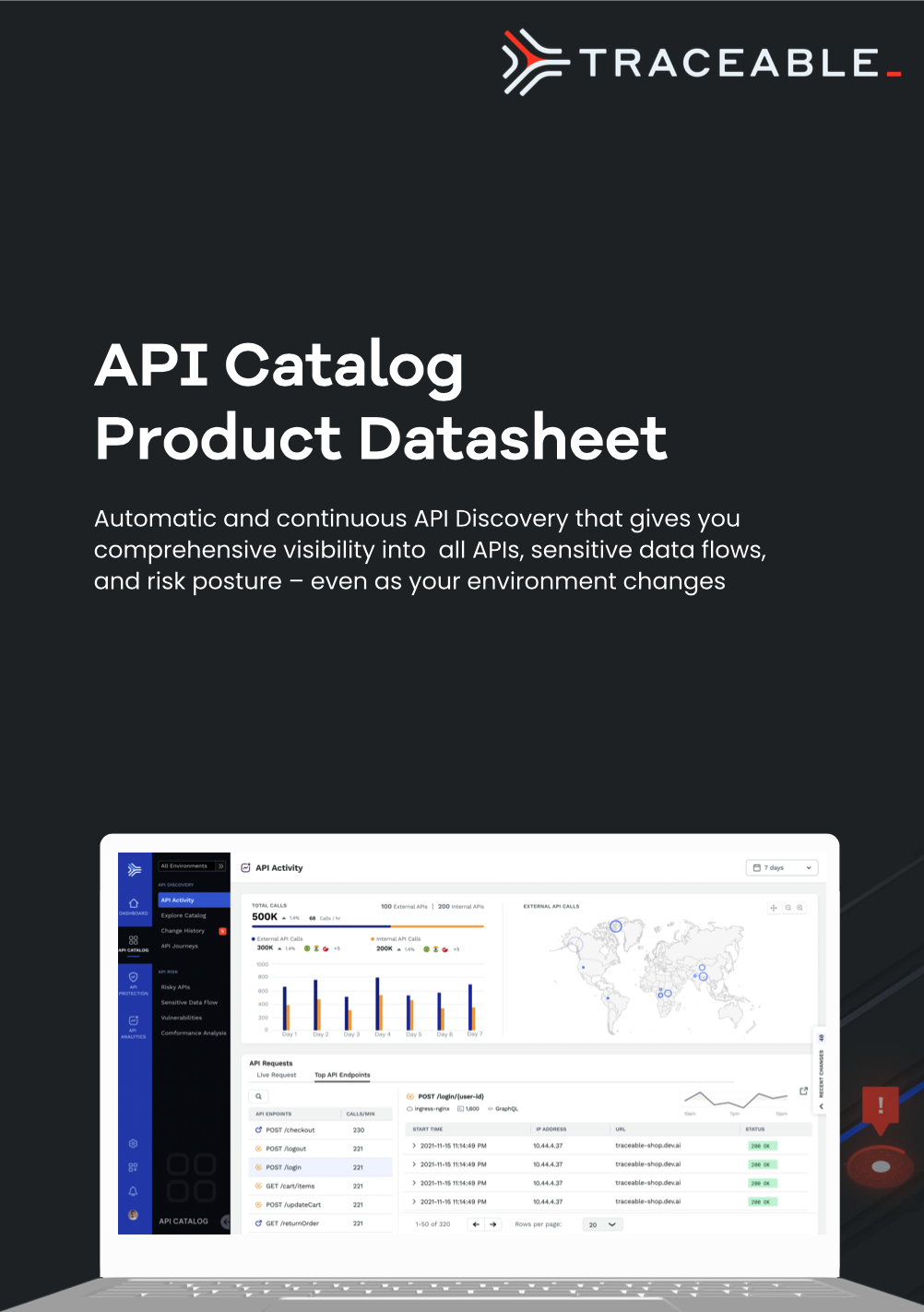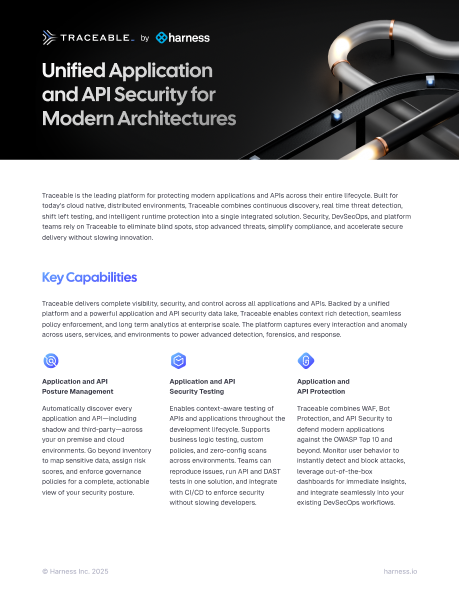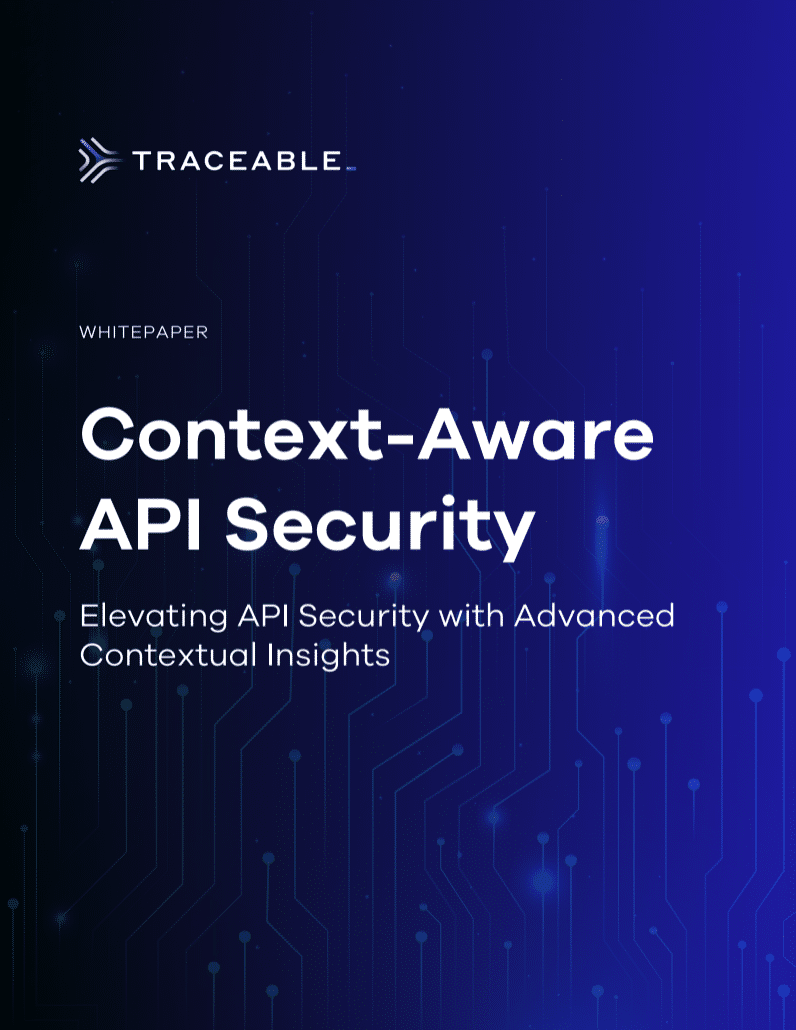Application and API Security for Financial Services
APIs are the connective tissue of your organization’s digital services. They power all transactions, payments, integrations, and online customer experiences. Securing your APIs is critical to protecting your customer’s assets and data.






The Financial Services Industry Faces Growing API Risk
API Sprawl & Shadow APIs
Your development teams frequently update existing APIs, create new APIs, and integrate with 3rd party APIs. These changes expand your API attack surface and introduce vulnerabilities into your applications. Unmanaged and vulnerable shadow APIs are responsible for many high profile breaches. Comprehensive API discovery, inventory, and posture management can mitigate these risks and put you in control of your API attack surface.
Digital Fraud & Abuse
Financial services institutions are a prime target for digital fraud and abuse. Threat actors create fraudulent attacks at scale to abuse sign-up rewards programs, credit, or other resources. Threat actors also attempt to takeover legitimate user accounts to exfiltrate assets. An API security solution that has historic API context and monitors API transactions in real time can identify and block fraudulent activity in sign-up and login APIs.
Evolving Compliance Landscape
Financial services and fintech organizations are subject to compliance mandates including PCI-DSS, FFIEC, and data protection laws like GDPR, CCPA, and CPRA. Maintaining a complete inventory of APIs, continuously assessing API posture, and monitoring API risk will help meet existing compliance requirements and lay a strong foundation for future governance and compliance initiatives.
Secure Your API Attack Surface. Protect Your Assets and Customers.
Discover and Inventory Every API
Eliminate security blind spots by continuously discovering and cataloging every API touching your applications. This includes north-south (external-facing), east-west (internal-facing), and 3rd party APIs. With complete visibility over your API attack surface and comprehensive posture management capabilities, you can remove the risk of unmanaged shadow APIs and immediately address any risky or vulnerable API endpoints.
Discover and Inventory Every API

Quantify API Risk

Quantify API Risk
Classify sensitive data types and understand which APIs are exposed to sensitive data. Monitor how sensitive data is flowing between services in your application, and to external services. Track data access requests to see what users are accessing sensitive data and how frequently. Create data protection policies to block data access and prevent data exfiltration.
Automate and Scale API Vulnerability Testing
Automate testing across all your API endpoints to find and fix vulnerabilities and config issues. Traceable leverages live traffic and replay traffic to build smarter API tests, requiring zero configuration from the tester. This eliminates the tedious work of uploading specs and configuring authorization so you can quickly scale up your testing program. Traceable’s testing integrates with your CI/CD tooling so you can find and fix issues in pre-production.
Automate and Scale API Vulnerability Testing

Detect and Block API Attacks, Fraud, and Abuse

Detect and Block Application and API Attacks, Fraud, and Abuse
Detect and block common Application and API attacks including the OWASP API Top 10 and the OWASP Web Top 10, as well as advanced business logic attacks, low and slow attacks, and zero-day threats. Traceable monitors and records every API transaction via the OmniTrace engine, allowing us to build rich behavioral profiles for each API so we can effectively identify anomalous and suspicious behaviors, and block threats.
Why Customers Choose Traceable

“Traceable provides us with an understanding of which problems we need to focus on, which is extremely valuable. We don’t need to waste engineering time trying to figure out problems that don’t pose an actual threat.”
Sudipta Ghose
Vice President of Engineering, Jobvite

“Traceable empowers security teams and engineers to see their attack surface, to better understand traffic through some very powerful searching capabilities that are right in the Traceable UI and attribute traffic to certain user accounts.”
Randy Gingeleski
Senior Security Engineer, Bullish

"With Traceable, we are able to detect and respond to breaches in the shortest possible time. For us, it was important to have continuous visibility into the APIs, identify root cause, and remediate those issues."
Pathik Patel
Head of Cloud Security, Informatica
See why security leaders in Financial Services love Traceable

.avif)



